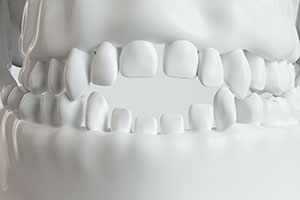 Babies and Toddlers May Develop “Pacifier Teeth”
Babies and Toddlers May Develop “Pacifier Teeth”
Problems can result from comforting habits.
Pacifier Teeth, a dental condition that affects babies and toddlers, can be the result of either too much thumb-sucking or pacifier use. We all know that babies love sucking on their bottles, pacifiers, and even their thumbs. But, if it goes on too long, it can become a bad habit that threatens the health and development of teeth.
How does pacifier teeth happen?
The suction creates such a strong force that the continuing pressure influences the alignment of teeth. The result is an open bite malocclusion, also known as pacifier teeth, in which teeth fail to close properly and are often splayed outward.
How to prevent pacifier teeth
First, an effective way to gauge your child’s risk is to pay attention when removing their thumb or pacifier. If it’s difficult to remove or creates a loud, smacking sound, they are more likely to develop a problem.
Once you know what you’re up against, the best way to prevent the condition is to regulate the behavior. Infants aren’t typically at risk because sucking is a natural occurrence, and they don’t yet have their baby (primary) teeth. However, you should aim to wean your child off of the habit by around age 2. Additionally, pacifiers are typically better than thumb-sucking because it’s much easier to control the child’s access when it comes time to stop.




Comments are closed.